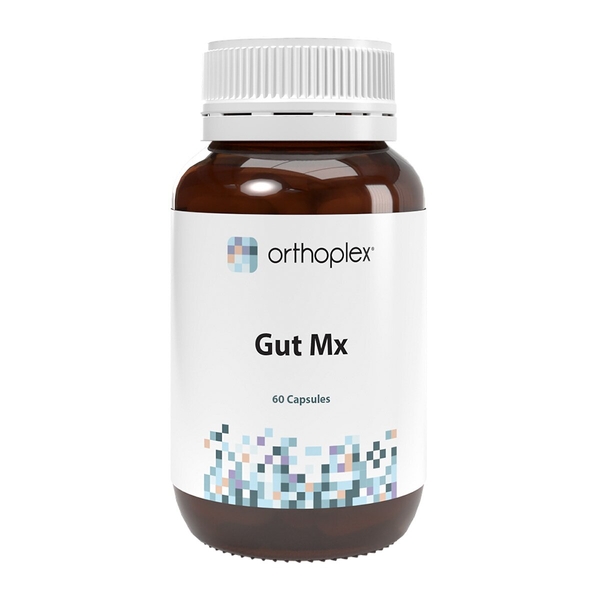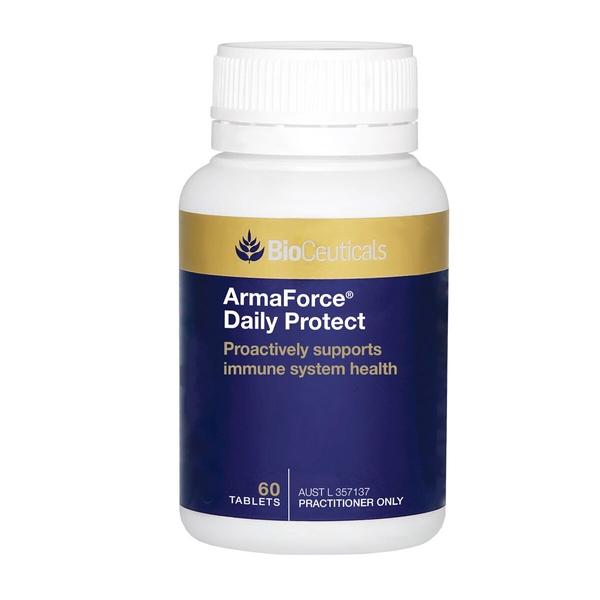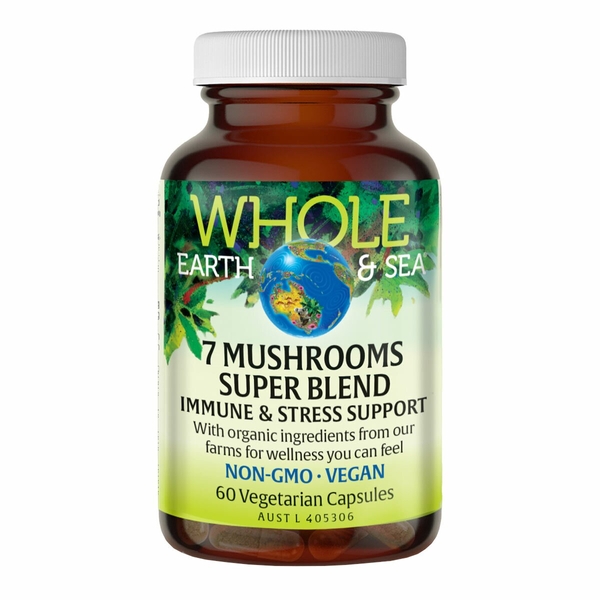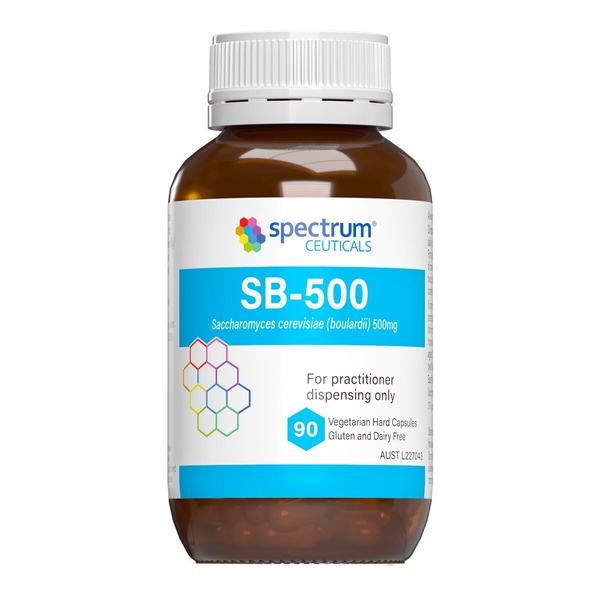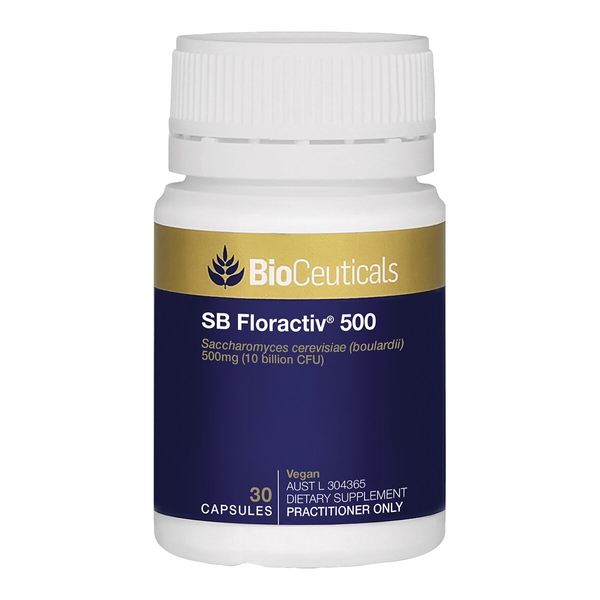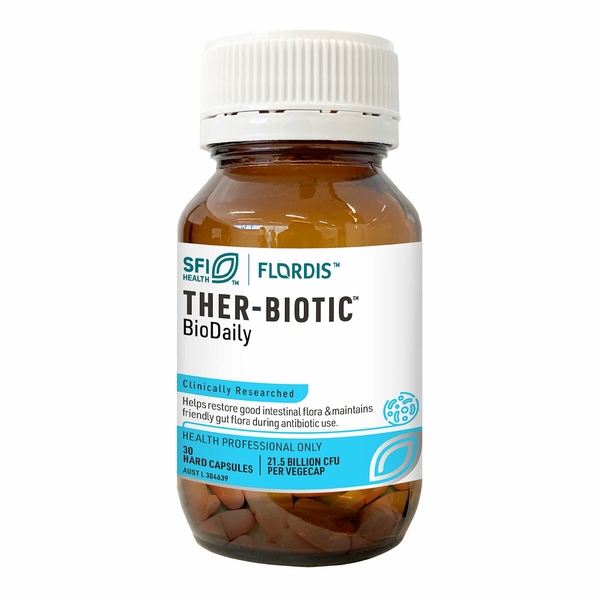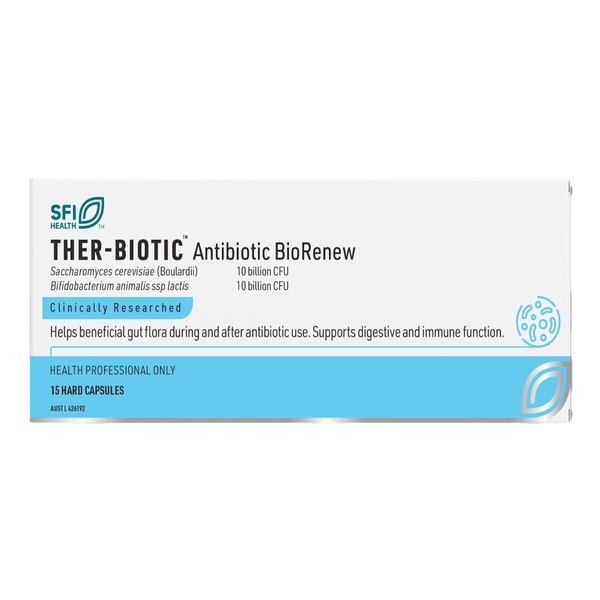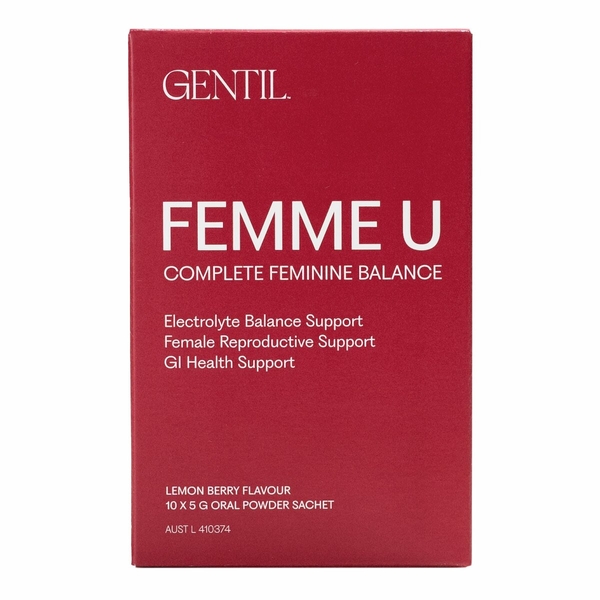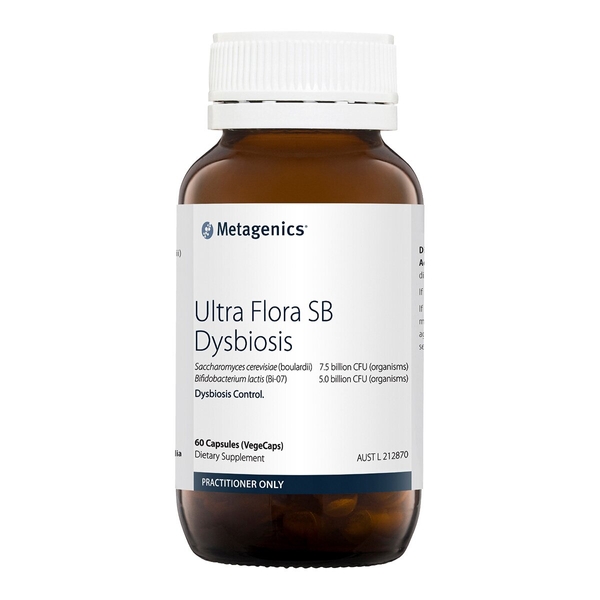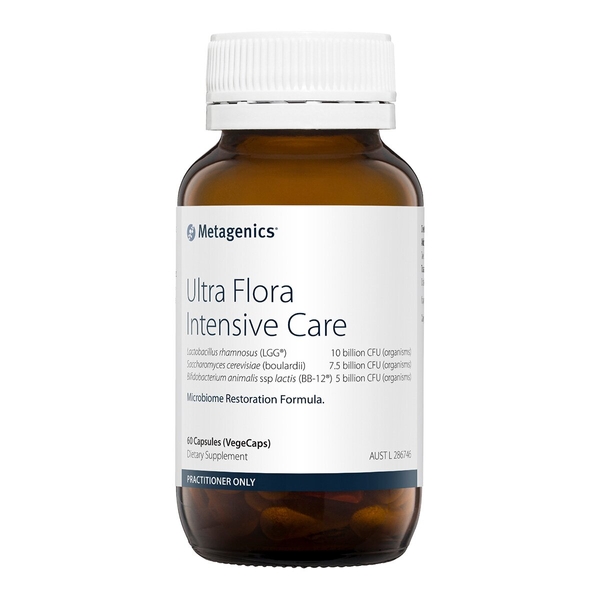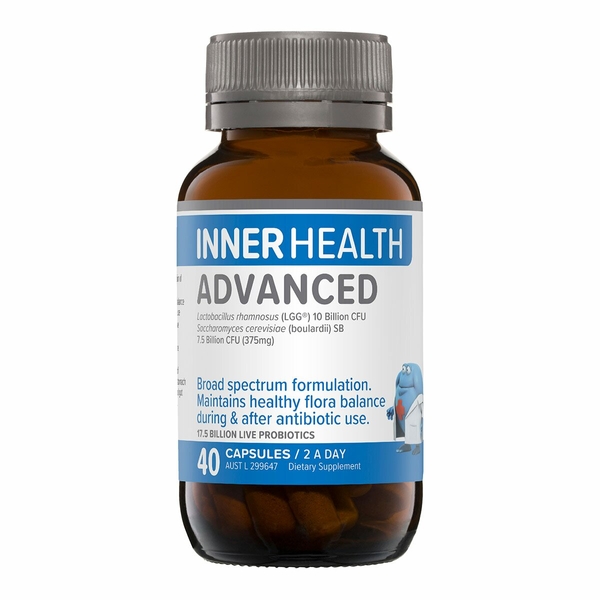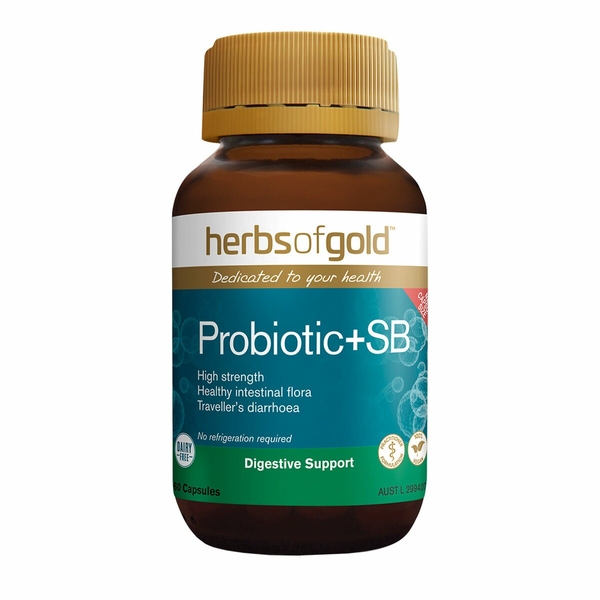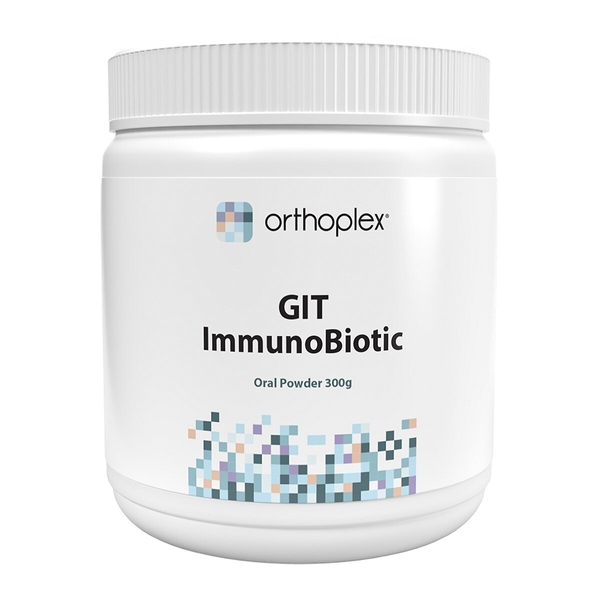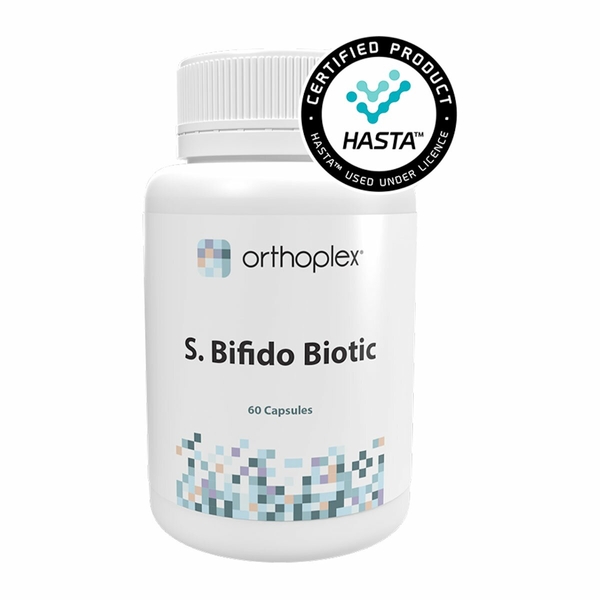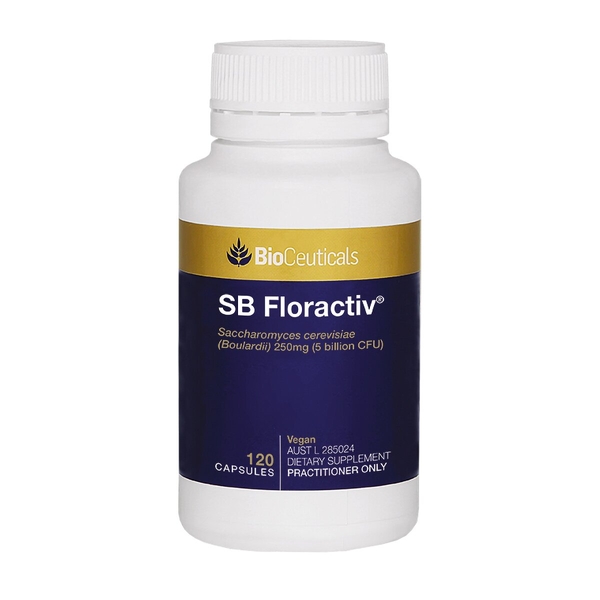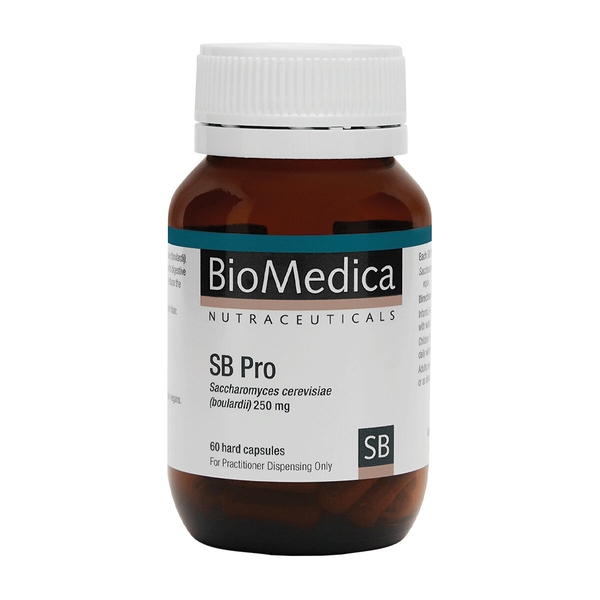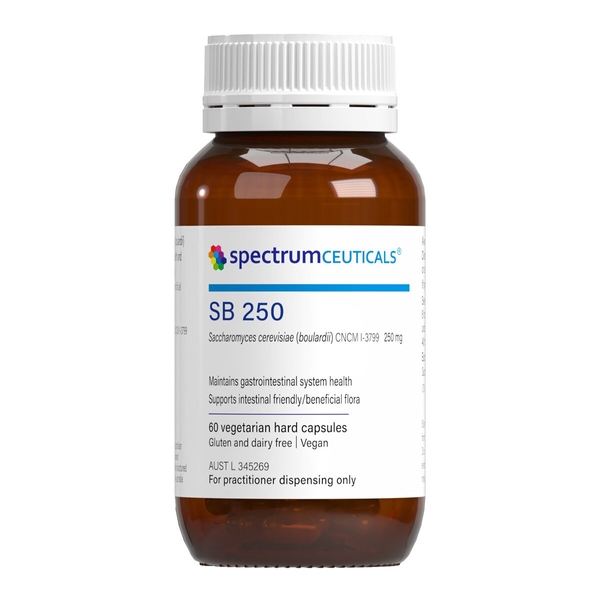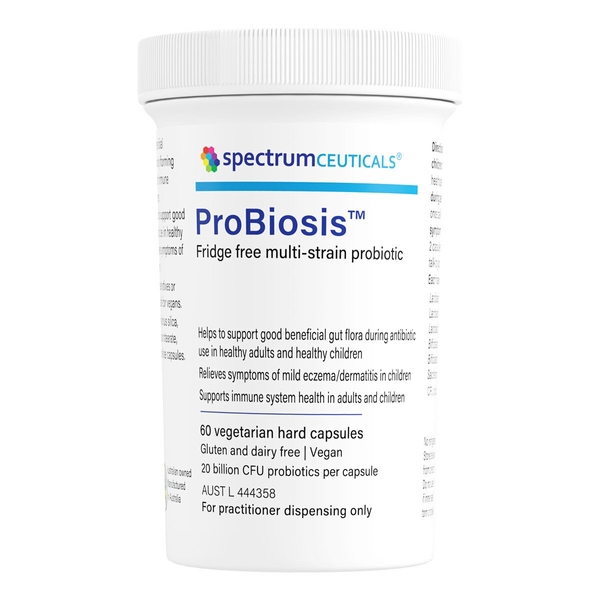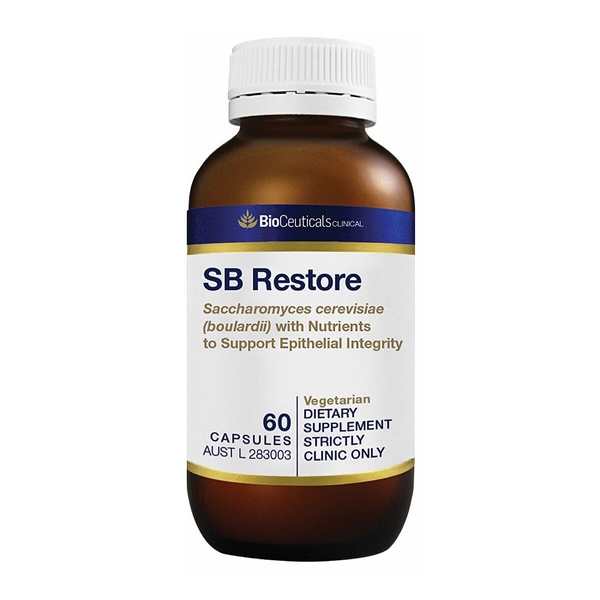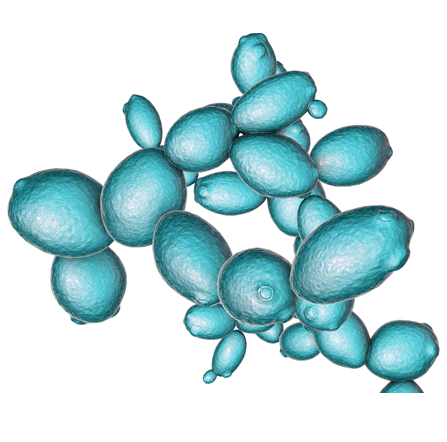
Saccharomyces boulardii
Scientific names: Saccharomyces cerevisiae var boulardii
Family: Saccharomycetaceae
Alternate names: Probiotic, Probiotique, Saccharomyces, Saccharomyces Boulardii CNCM I-745, Saccharomyces Boulardii HANSEN CBS 5926, Saccharomyces Boulardii Lyo CNCM I-745, Saccharomyces Boulardius, Saccharomyces Cerevisiae Boulardii, Saccharomyces Cerevisiae (Boulardii), Saccharomyces Cerevisiae (Boulardii) HANSEN CBS 5926, Saccharomyces Cerevisiae HANSEN CBS 5926, S. Boulardii, SCB
Actions: Anti-amoebae activity, Effects in patients with Crohn's disease, Gastrointestinal
Background
Saccharomyces boulardii (S. boulardii) is a type of probiotic ("friendly" organism). It's a yeast that is actually a strain of Saccharomyces cerevisiae.
"Friendly" organisms such as S. boulardii can help fight off "bad" organisms that might cause diseases. S. boulardii is different from other strains of S. cerevisiae, commonly known as brewer's yeast and baker's yeast.
People commonly use S. boulardii for treating and preventing diarrhea, including rotaviral diarrhea in children. It's also used for other types of diarrhea, acne, a digestive tract infection that can lead to ulcers, and many other conditions, but there is no good scientific evidence to support many of its other uses. There is also no good evidence to support using S. boulardii for COVID-19.
Don't confuse S. boulardii with other probiotics, or with fermented food products such as fermented milk, kefir, or yogurt. These are not the same.
"Friendly" organisms such as S. boulardii can help fight off "bad" organisms that might cause diseases. S. boulardii is different from other strains of S. cerevisiae, commonly known as brewer's yeast and baker's yeast.
People commonly use S. boulardii for treating and preventing diarrhea, including rotaviral diarrhea in children. It's also used for other types of diarrhea, acne, a digestive tract infection that can lead to ulcers, and many other conditions, but there is no good scientific evidence to support many of its other uses. There is also no good evidence to support using S. boulardii for COVID-19.
Don't confuse S. boulardii with other probiotics, or with fermented food products such as fermented milk, kefir, or yogurt. These are not the same.
Safety Safety definitions
When taken by mouth: S. boulardii is likely safe when used for up to 15 months. It can cause gas in some people.
Children: S. boulardii is possibly safe for most children when taken by mouth appropriately. But diarrhea in children should be evaluated by a healthcare professional before using S. boulardii. There isn't enough reliable information to know if S. boulardii is safe for very small premature infants.
Elderly: Older adults might have an increased risk of fungal infection when taking S. boulardii. Stay on the safe side and avoid use.
Digestive tract disease: S. boulardii has caused fungal infections in people with diseases of the digestive tract. If you have a digestive tract disease, talk with your healthcare provider before taking S. boulardii.
Weakened immune system: S. boulardii has caused fungal infections in people with weakened immune systems. In many cases, the infection was due to a catheter becoming contaminated. If you have a weakened immune system, talk with your healthcare provider before taking S. boulardii.
Yeast allergy: People with yeast allergy can be allergic to products containing S. boulardii. Stay on the safe side and avoid these products.
Special Precautions & Warnings:
Pregnancy and breast-feeding: There isn't enough reliable information to know if S. boulardii is safe to use when pregnant or breast-feeding. Stay on the safe side and avoid use.Children: S. boulardii is possibly safe for most children when taken by mouth appropriately. But diarrhea in children should be evaluated by a healthcare professional before using S. boulardii. There isn't enough reliable information to know if S. boulardii is safe for very small premature infants.
Elderly: Older adults might have an increased risk of fungal infection when taking S. boulardii. Stay on the safe side and avoid use.
Digestive tract disease: S. boulardii has caused fungal infections in people with diseases of the digestive tract. If you have a digestive tract disease, talk with your healthcare provider before taking S. boulardii.
Weakened immune system: S. boulardii has caused fungal infections in people with weakened immune systems. In many cases, the infection was due to a catheter becoming contaminated. If you have a weakened immune system, talk with your healthcare provider before taking S. boulardii.
Yeast allergy: People with yeast allergy can be allergic to products containing S. boulardii. Stay on the safe side and avoid these products.
Effectiveness
NatMed Pro rates effectiveness based on scientific evidence according to the following scale: Effective, Likely Effective, Possibly Effective, Possibly Ineffective, Likely Ineffective, Ineffective, and Insufficient Evidence to Rate.
Likely effective Effectiveness definitions
- Diarrhea. Taking S. boulardii by mouth can reduce how long diarrhea lasts in children. It's not clear if it helps children with longer-lasting diarrhea or if it helps adults.
Possibly effective Effectiveness definitions
- Diarrhea in people taking antibiotics (antibiotic-associated diarrhea). Taking S. boulardii by mouth can help prevent diarrhea in adults and children being treated with antibiotics.
- Infection of the gastrointestinal tract by bacteria called Clostridioides difficile. Taking S. boulardii by mouth seems to help prevent diarrhea from C. difficile infection. Taking it along with antibiotics also seems to help prevent this infection from coming back.
- A digestive tract infection that can lead to ulcers (Helicobacter pylori or H. pylori). Taking S. boulardii by mouth along with standard H. pylori treatment helps prevent side effects such as diarrhea and nausea that occur with standard H. pylori treatment. But it isn't clear if taking S. boulardii helps these standard treatments to work better.
- A serious intestinal disease in premature infants (necrotizing enterocolitis or NEC). Most research shows that giving S. boulardii by mouth to preterm infants prevents NEC.
- Diarrhea caused by rotavirus. Taking S. boulardii by mouth seems to reduce how long diarrhea lasts in children with diarrhea caused by rotavirus.
- Travelers' diarrhea. Taking S. boulardii by mouth seems to reduce the risk of developing diarrhea while traveling.
Possibly ineffective Effectiveness definitions
- Blood infection (sepsis). Giving S. boulardii to preterm infants by mouth does not prevent sepsis.
Dosing & administration
In adults, S. boulardii has most often been taken by mouth in doses of 500-1000 mg (about 10-20 billion colony-forming units) daily for 4 weeks. In children, S. boulardii has most often been taken by mouth in doses of 250-500 mg (about 5-10 billion colony-forming units) for up to 4 weeks. Speak with a healthcare provider to find out what dose might be best for a specific condition.
Interactions with pharmaceuticals
Medications for fungal infections (Antifungals)
Interaction Rating=Minor Be watchful with this combination.
S. boulardii is a fungus. Medications for fungal infections help reduce fungus in and on the body. Taking S. boulardii with medications for fungal infections can reduce the effects of S. boulardii.
Interactions with herbs & supplements
There are no known interactions with herbs and supplements.
Interactions with foods
There are no known interactions with foods.
Products
View all productsPractitioner product
Practitioner product
Per tablet:
Practitioner product
Per capsule:
- Saccharomyces cerevisiae (SB) 625 mg equiv. bakers yeast beta glucan 125 mg equiv. beta glucan 93.75 mg
- Saccharomyces cerevisiae (boulardii) (SB) 125 mg
- Cordyceps sinensis powder 25 mg
- Grifola frondosa powder 25 mg
- Lentinula edodes powder 25 mg
- Ganoderma lucidum ext. 25 mg
- Polyporus umbellatus powder 25 mg
- Tremella fuciformis 25 mg
- Silybum marianum ext. 1.98 mg
- Vaccinium macrocarpon powder 1.98 mg
- Lutein 79 µg
- Camellia sinensis ext. 3.96 mg
- Schisandra chinensis ext. 1.59 mg
- Arthrospira platensis (Spirulina) 1.59 mg
- Euterpe oleracea (berry) ext. (Acai) 1.189 mg
- Citrus sinensis ext. 1.59 mg
- Curcuma longa ext. 440 µg
- Zingiber officinale ext. 1.98 mg
- Phyllanthus emblica ext. 4.76 mg
- Laminaria digitara (Kelp) 1.59 mg
- Poria cocos ext. 25 mg
- Cruciferous vegetable blend 15.853 mg
- Live vegetable blend 11.892 mg
- Ultra fruit blend 7.927 mg
- Multi herb blend 15.853 mg
- Chlorella vulgaris powder 1.59 mg
RRP: $49.95$44.96Save: 10%
Create account
Practitioner product
Practitioner product
Per capsule:
- Saccharomyces cerevisiae (boulardii) (SB) 10 billion CFU
- Lactobacillus plantarum (LP01) 2.5 billion CFU
- Bifidobacterium breve (BR-03) 2.5 billion CFU
- Bifidobacterium animalis ssp. lactis (BS-01) 2.5 billion CFU
- Bifidobacterium animalis ssp. lactis (BI-04) 2 billion CFU
- Bifidobacterium animalis ssp. lactis (HN019) 2 billion CFU
RRP: $49.95$37.47Save: 25%
Create account
RRP: $34.95$27.96Save: 20%
Create account
Per sachet (5 g) (Lemon Berry):
$34.95
Create account
Practitioner product
Practitioner product
RRP: $64.96$44.17Save: 32%
Create account
RRP: $55.95$39.16Save: 30%
Create account
Practitioner product
Practitioner product
Practitioner product
Practitioner product
Practitioner product
Per capsule:
- Saccharomyces cerevisiae (boulardii) (CNCM I-3799) (SB) 5 billion CFU
- Lactobacillus rhamnosus GG (ATCC 53103) 5 billion CFU
- Lactobacillus reuteri (CCFM1040) 3 billion CFU
- Lactobacillus gasseri LG-36 (ATCC SD 5585) 1 billion CFU
- Bifidobacterium breve M-16V (LMG 23729) 1 billion CFU
- Bifidobacterium animalis ssp. lactis (BL-12) (ATCC 27536) 5 billion CFU
Practitioner product
Per capsule:
Practitioner product
vital.ly has licensed monographs from TRC Healthcare.
This monograph was last reviewed on 19/02/2024 11:00:00 and last updated on 11/11/2020 02:32:16. Monographs are reviewed and/or updated multiple times per month and at least once per year.
Natural Medicines disclaims any responsibility related to medical consequences of using any medical product. Effort is made to ensure that the information contained in this monograph is accurate at the time it was published. Consumers and medical professionals who consult this monograph are cautioned that any medical or product related decision is the sole responsibility of the consumer and/or the health care professional. A legal License Agreement sets limitations on downloading, storing, or printing content from this Database. No reproduction of this monograph or any content from this Database is permitted without written permission from the publisher. It is unlawful to download, store, or distribute content from this site.


